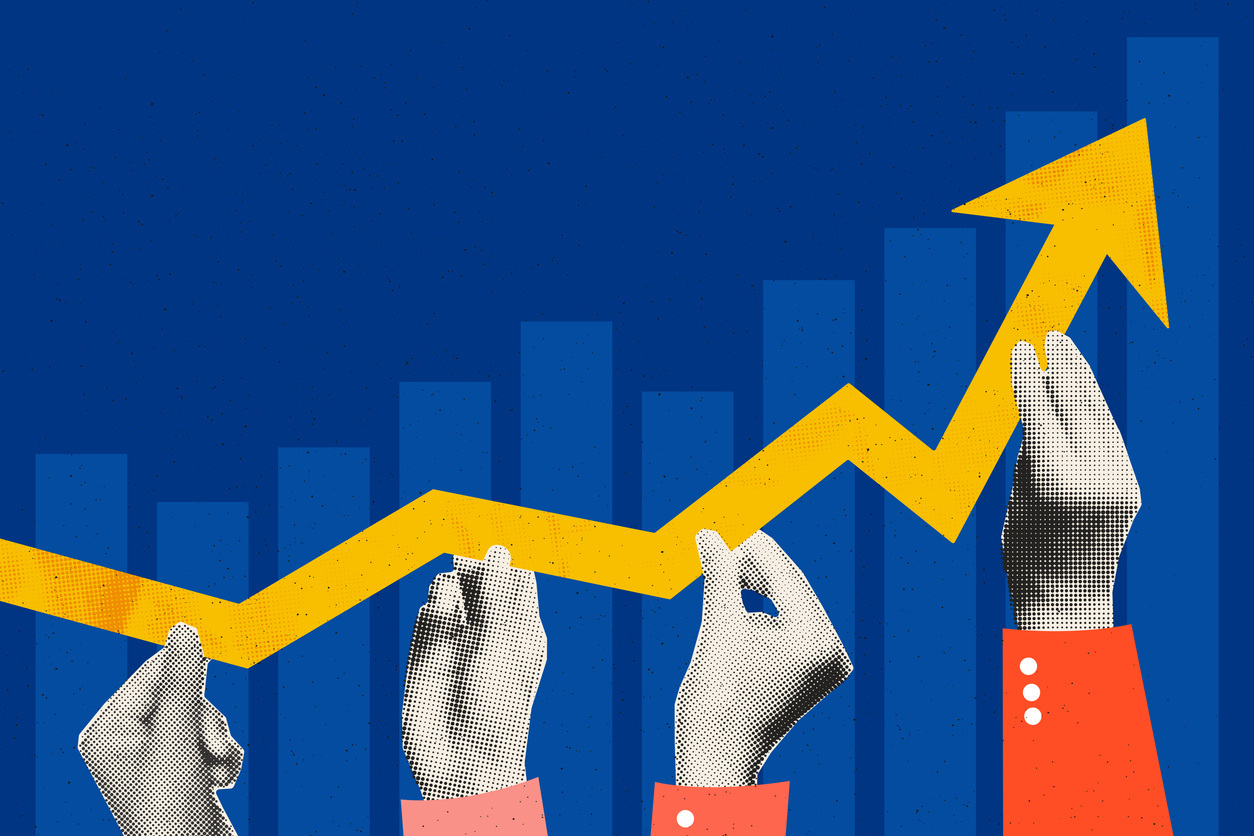Anyone who has ventured into the world of B2B marketing will know that it’s vast, complex and ever-changing.
It can be overwhelming trying to stay on top of the latest trends, buzzwords and technical terminology. That’s why we’ve created a glossary of the most common terms used in our day-to-day demand generation work.
This glossary will give you a valuable reference point which you can return to whenever you need, to ensure you stay in touch with all of the terms that matter.
Without any further delay, let’s jump in!
Explore Our List of the Top Marketing Terms
- ABM (Account-Based Marketing) - Account-based marketing is a growth strategy which combines sales and marketing to target a set of high-value accounts in a market.
- ABS (Account-Based Selling) - Account-based selling is a strategy which targets whole companies or accounts, as opposed to an individual within a company.
- Agile Marketing - Agile marketing is a type of marketing which uses the Agile Methodology to manage and improve a marketing team's work over time.
- Average Sales Cycle - The average sales cycle is the average time a prospect takes to move through the sales pipeline from beginning to end.
- Awareness, Consideration, Decision Model - This is a model based on the three stages of a buyer’s journey - awareness, consideration and decision.
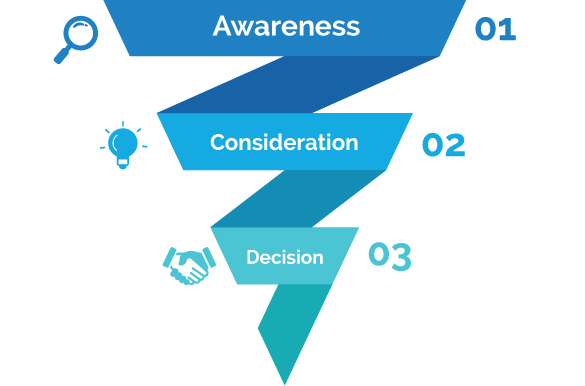
- BANT Framework (Budget, Authority, Need, Timing) - The BANT framework is an acronym used in sales as a checklist to qualify leads.
- Backlinks - Backlinks are links from one web page to another.
- BDR (Business Development Rep) - The business development rep is the salesperson responsible for bringing in new business opportunities.
- BI (Business Intelligence) - Business intelligence is a tech-driven process which uses business data to make strategic decisions.
- BOFU (Bottom of the Funnel) - The last stage in the three-part buyer's journey used by marketers. It aligns with the bottom ‘decision’ stage of the buyer’s journey before the buyer becomes a customer.
- Brand Advocates - A brand advocate is someone who speaks highly of your brand and promotes them to others through word of mouth.
- BR (Bounce Rate) - The bounce rate is the percentage of visitors to a website who leave directly after entering the site.
- Buyer Journey - The buyer journey is the path a buyer takes towards making a purchase.
- Buyer Intent - Buyer intent is the likelihood that a consumer will purchase a product or service from a company.
- CAC (Customer Acquisition Cost) - Customer acquisition cost is the total cost spent acquiring a new customer. This can be calculated by dividing the total cost of your sales and marketing in a month by the number of new customers you received.
- (CTA) Call To Action - The CTA is a design or piece of copy which prompts the audience to do a specific action.
- Campaign Management - Campaign management includes a variety of different activities done throughout the lifetime of a campaign, including tracking, planning, analysing, executing and optimising.
- Case Study - A case study is an in-depth examination of a real-world case, which could be a person, group, event or place. Businesses often have case studies on their work with past or current clients to showcase their services and the results achieved. You can view our case studies for some examples.
- Chatbot - A chatbot is a computer programme displayed on a website to assist the visitor through online chat conversation.
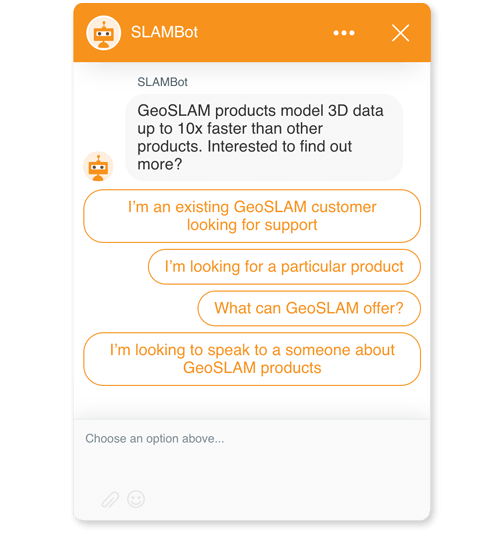
- Churn Rate - Also known as attrition rate, churn rate is the rate at which a company loses customers over a given period. It can be calculated as lost customers divided by the total customers at the start of the time period.
- Closed Won - Closed won is the final deal stage in which a sales rep closes a deal and the buyer purchases the product/service.
- Closed Lost - Closed lost is the final deal stage in which a sales rep closes a deal and the buyer does not purchase the product/service.
- Content Engine - A content engine is a process of creating and distributing content in various media formats. You can check out our resources to see examples of some of the content typically produced as part of a content engine.
- Conversion Marketing - Conversion marketing is a type of marking which focuses on converting website visitors to customers through chatbots or AI.
- CMS (Content Management System) - A CMS is a system used for creating, modifying and managing digital content and creating websites.
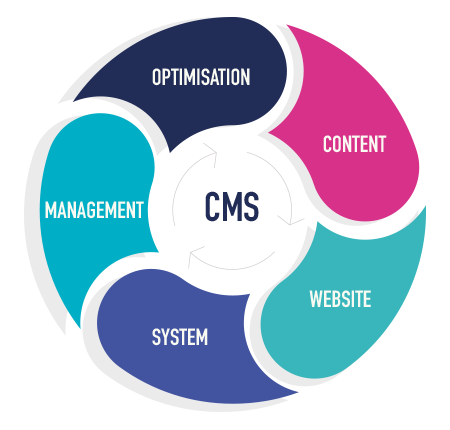
- Content Marketing - Content marketing is a type of marketing which focuses on creating, distributing and promoting content to market a product or service.
27. CRO (Conversion Rate Optimisation) - Conversion rate optimisation is the process of optimising the percentage of visitors who convert to customers on a website.
28. CPC (Cost per Click) - The cost per click is the total cost of a single click on your ad.
29. CPL (Cost per Lead) - The cost per lead is the total cost of acquiring a single lead. This can be calculated by dividing the amount you have spent by the total amount of leads gained.
30. Customer Journey Mapping - Customer journey mapping is the creation of a visual representation of the buyer’s journey.
31. CRM (Customer Relationship Management) - CRM is software which lets you keep track of your customer information so it can be used for marketing and sales purposes.
32. CTR (Click-Through Rate) - This is the number of clicks your ad receives, divided by the number of times your ad is shown.
33. Customer Needs - Customer needs are the specific needs of the customer which motivate them to buy a product or service.
34. Customer Segmentation - Customer segmentation is the process of grouping customers based on common characteristics.
35. Customer Success - Customer success is the process of increasing customer satisfaction whilst using a product or service.
36. Data-Driven - A data-driven approach is one in which a company makes strategic decisions based on data.
37. Data Enrichment - Data enrichment is the process of expanding existing data with more information. This can be done by combining internal data with third-party data from external sources.
38. Demographics - A population's demographics are the statistics describing their characteristics.
39. Demand Generation - Demand generation is a strategic, systematic, and data-driven approach to growing your business. It combines both sales and marketing to drive awareness and interest in a product or service.
40. Domain Authority - Domain authority is a search engine ranking score based on how likely a website will rank in search results.
41. Ebook - An ebook is a publication in digital form. For example, check out our recent ebook on the benefits of CRM-powered marketing.-1.png?width=650&height=519&name=rm_ebook%20(1)-1.png)
42. Evergreen Content - Evergreen content is search engine-optimised content which will continually stay relevant for readers.
43. Firmographics - Firmographics are a set of characteristics used to segment prospective organisations.
44. Funnel - A marketing funnel is the visualisation of the customer’s journey as they progress from a lead to a customer.
45. GA (Google Analytics) - This is an analytics service by Google that tracks and reports website traffic.
46. GDPR (General Data Protection Regulation) - This is a strict regulation on data protection and privacy within the EU and the European Economic Area which came into effect in 2018.
47. GDD (Growth Driven Design) - Growth-driven design is an efficient and productive way of producing a website design by continuously evolving it based on data.
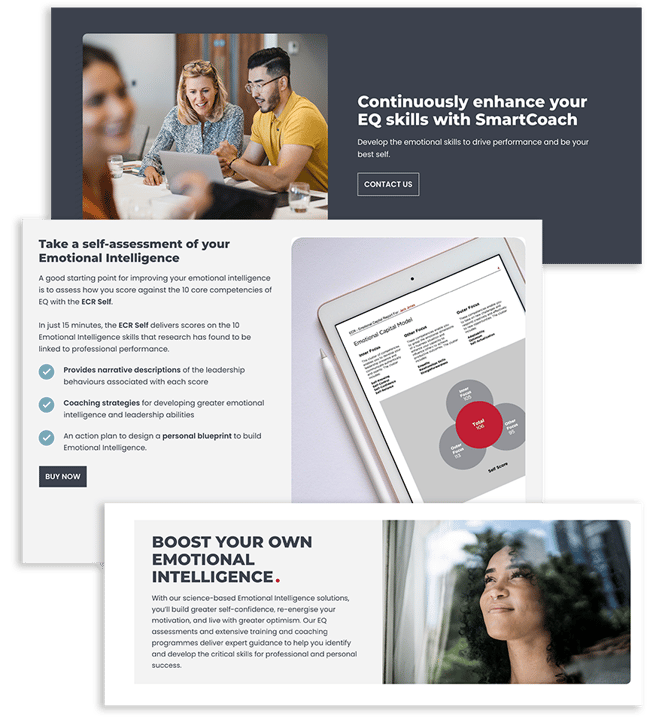
48. GSC (Google Search Console) - This is a service by Google which helps you monitor your site's performance.
49. Hubspot - Hubspot is a CRM system created by an American developer and it is used for marketing, sales and customer service.
50. Ideal Customer Profile - The ideal customer profile is the description of the ideal customer you want your business to target.
51. Impressions - Impressions are the number of times a form of media is seen by appearing on people’s screens, such as a post on social media.
52. Inbound Marketing - Inbound marketing is a marketing methodology which attracts customers to your business through valuable content, SEO and word of mouth.
53. Infographic - An infographic is a graphic presenting information and data in a visually interesting way which is quick to read and understand. 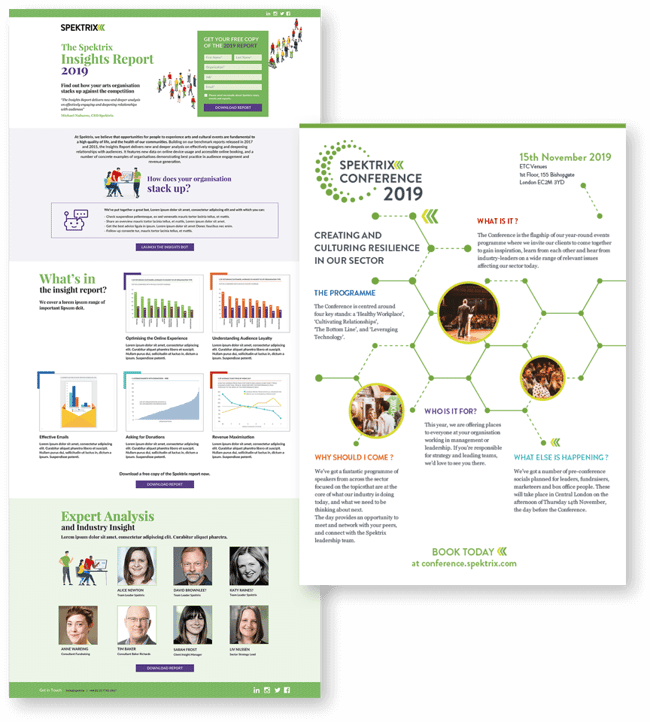
54. Integrated Marketing, Sales and Customer Success - This is a model which combines marketing, sales and customer service to create the best possible customer experience.
55. Inside Sales - Inside sales is the process of selling a product or service by phone, internet or email by a sales representative.
56. Knowledge Base - A knowledge base is a customer service library which customers can use to find out more information about a product or service on the company’s website. It normally contains the documentation of answers to frequently asked questions.
57. KPIs (Key Performance Indicators) - KPIs are the performance metrics used to measure a company's overall progress in reaching its long-term goals.
58. Keyword Research - Keyword research is the process of analysing search terms that users enter into search engines to find a specific product or service.
59. Land and Expand - Land and expand is a business strategy where a small deal is originally secured with a business, and through forming a good relationship with them, you sell them more of your services.
60. Landing Page - A landing page is a standalone web page created for a product, service or offering. 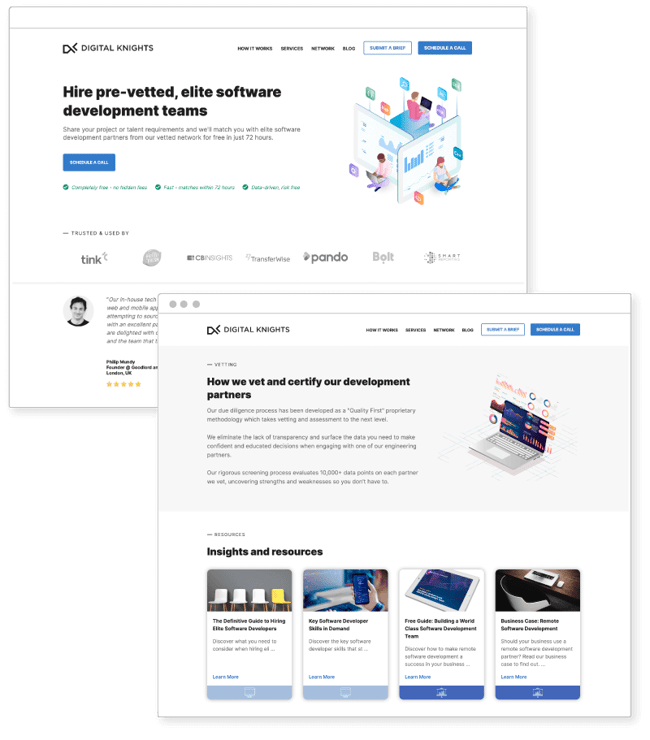
61. Leads - In marketing, a lead is a person who has expressed an interest in your product or service and has the potential to become a customer.
62. Lead Generation - Lead generation is the process of attracting prospects and converting them into potential customers.
63. Lead Magnet - A lead magnet is a free product or service offered in exchange for a prospect’s personal details.
64. Lead Management Framework - This framework is commonly used in lead generation and defines the stages of the marketing and sales funnel and how a lead is managed.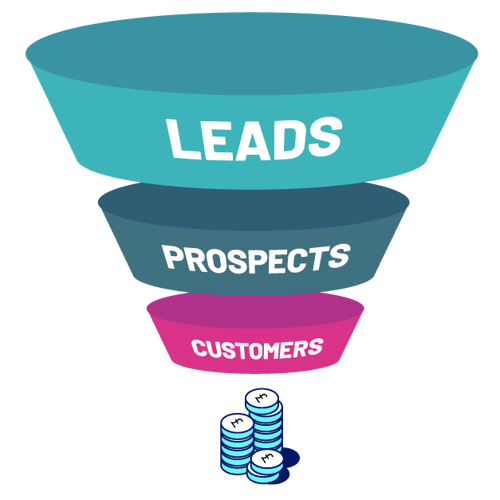
65. Lead Nurturing - Lead nurturing is the process of educating, engaging and building a relationship with your prospective customers.
66. LTV (Lifetime Revenue) - The lifetime revenue is the total amount of money spent by a customer during the average customer lifespan.
67. Marketing Automation - Marketing automation is software which automates marketing tasks, actions and workflows.
68. MarTech (Marketing Technology) - Marketing technology is a stack of tools used in digital marketing to create and manage campaigns, content and experiences.
69. MQL (Market Qualified Lead) - A market-qualified lead is a prospect deemed likely to become a customer by expressing interest in a business’s product or service.
70. MAP (Marketing Automation Platform) - Marketing automation software is used by marketers to automate tasks for lead management, eg. email marketing.
Don't settle for a cookie-cutter approach to B2B marketing. Let's develop a data-driven strategy that differentiates your brand and delivers results. Ready to embark on a journey towards business growth and success? Start by exploring our strategy services and how they can help you thrive.
71. MOFU (Middle of the Funnel) - This is the middle stage of the sales funnel used by marketers. It aligns with the middle ‘consideration’ stage of the buyer’s journey and is when a prospect knows about your product and is moving towards purchasing it.
72. MRR (Monthly Recurring Revenue) - This is the predicted revenue that your business will generate in a month from monthly subscriptions.
73. NPS - Net Promoter Score - This is a measure used to calculate customer experience and can be used to predict business growth.
74. Organic Search - Organic search is unpaid search results which appear on a search engine.
75. Opportunity - A marketing opportunity is a qualified lead who sales have determined as being in need of a business’s product or service.
76. Outbound Prospecting - Outbound prospecting is the process of sales individuals reaching out to target customers to introduce them to your business and service/product.
77. Page Ranking - Page ranking is the algorithm used by the Google Search engine to rank web pages in search results.
78. Pain Points - Pain points in marketing are the specific problems of a customer persona.
79. Performance Marketing - Performance marketing is a type of marketing where a business only pays the marketing company for the work once specific business objectives have been achieved.
80. Personas - A buyer persona is a semi-fictional character created from data and research which represents an ideal customer profile for a business. 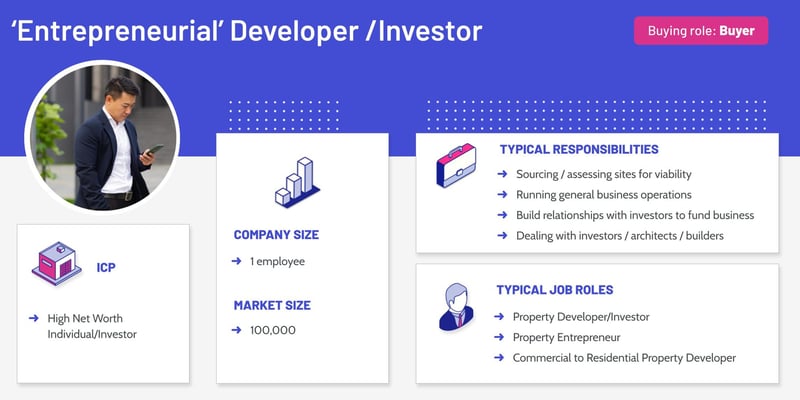
81. Pillar Page - A pillar page is a high-level piece of content that covers a broad topic in detail with links to articles throughout.
82. PPC (Pay Per Click) - This is a type of advertising model in which the advertiser pays an amount every time a user clicks on an online ad.
83. Remarketing - Remarketing is a common digital marketing strategy where a business shows ads to a user who has shown interest by visiting a specific webpage.
84. RevOps (Revenue Operations) - RevOps is a B2B strategy which aligns sales and marketing to maximise revenue potential by optimising the customer journey.
85. Return on Ad Spend - Return on ad spend is a marketing metric which measures the amount of revenue made for every pound spent on advertising.
86. ROI (Return on Investment) - The return on investment is the ratio between the net profit and the amount of money spent on the investment.
87. Sales Automation Platform - This is a system which automates simple or repetitive sales tasks and processes to minimise manual work. It is often included in CRM software.
88. Sales Enablement - Sales enablement is the sales process of providing your sales team with the resources needed to close more sales, such as content, information or tools.
89. Sales and Marketing Alignment - This is the connection of sales and marketing through the same framework (including strategy, communication and goals) so they can work in unison.
90. SEO (Search Engine Optimisation) - Search engine optimisation is the process of improving your website to increase direct traffic from search results and improve its visibility on search engines.
91. SERP (Search Engine Results Page) - A search engine results page is the page which shows the results after a user has submitted a search query.
92. SQL (Sales-Qualified Lead) - A sales-qualified lead is a potential prospect who has moved through the sales pipeline and is ready to talk to sales.
93. SWOT Analysis (Strengths, Weaknesses, Opportunities and Threats Analysis) - This is a framework used to analyse a company’s competitive position in a market.
94. TOFU (Top of The Funnel) - This is the top stage of the sales funnel used by marketers. It aligns with the top ‘awareness’ stage of the buyer’s journey and is when a prospect is first becoming aware of a business’s product or service.
95. UA (Universal Analytics) - Universal analytics are the previous version of Google Analytics which tracked users with ‘cookie-based’ tracking data.
96. UV (Unique Visitor) - A unique visitor is a single identified user who has visited a web page/multiple web pages on a website.
97. UX (User Experience)- User experience is the design process that teams use to create all aspects of the end-users experience with a product, service or system.
98. Value Proposition - The value proposition is the main message of a brand which explains why a buyer should choose its product or service.
99. Video Prospecting - Video prospecting is the use of video in sales outreach to communicate a message.
100. Webinar - A webinar is an educational virtual seminar, workshop or presentation which often has a main speaker or panel and an online audience. 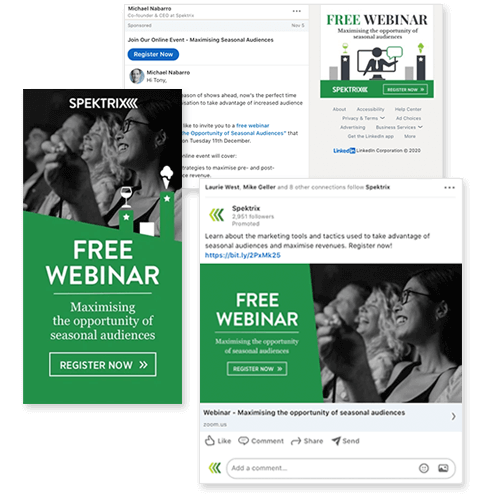
To Finish Off…
There you have it! We hope this B2B marketing glossary has been useful and helped to expand your knowledge.

Are you a B2B company looking to accelerate growth?
Our connected sales, marketing, and HubSpot agency services might be just the ticket. Get in touch for your free growth assessment to find out how you can accelerate business growth today.
.jpg)
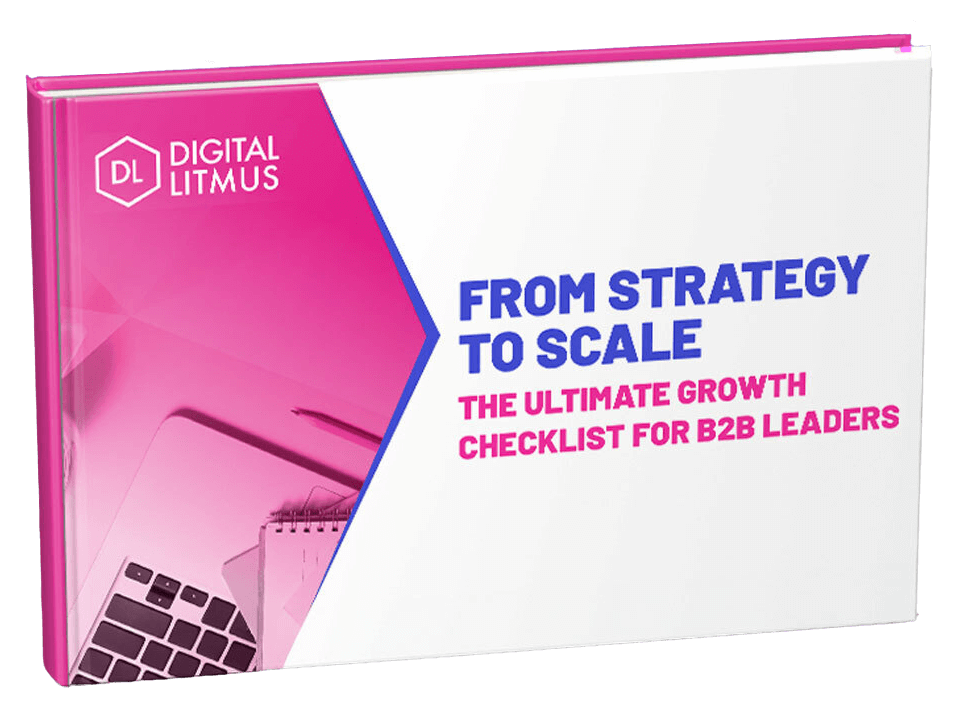
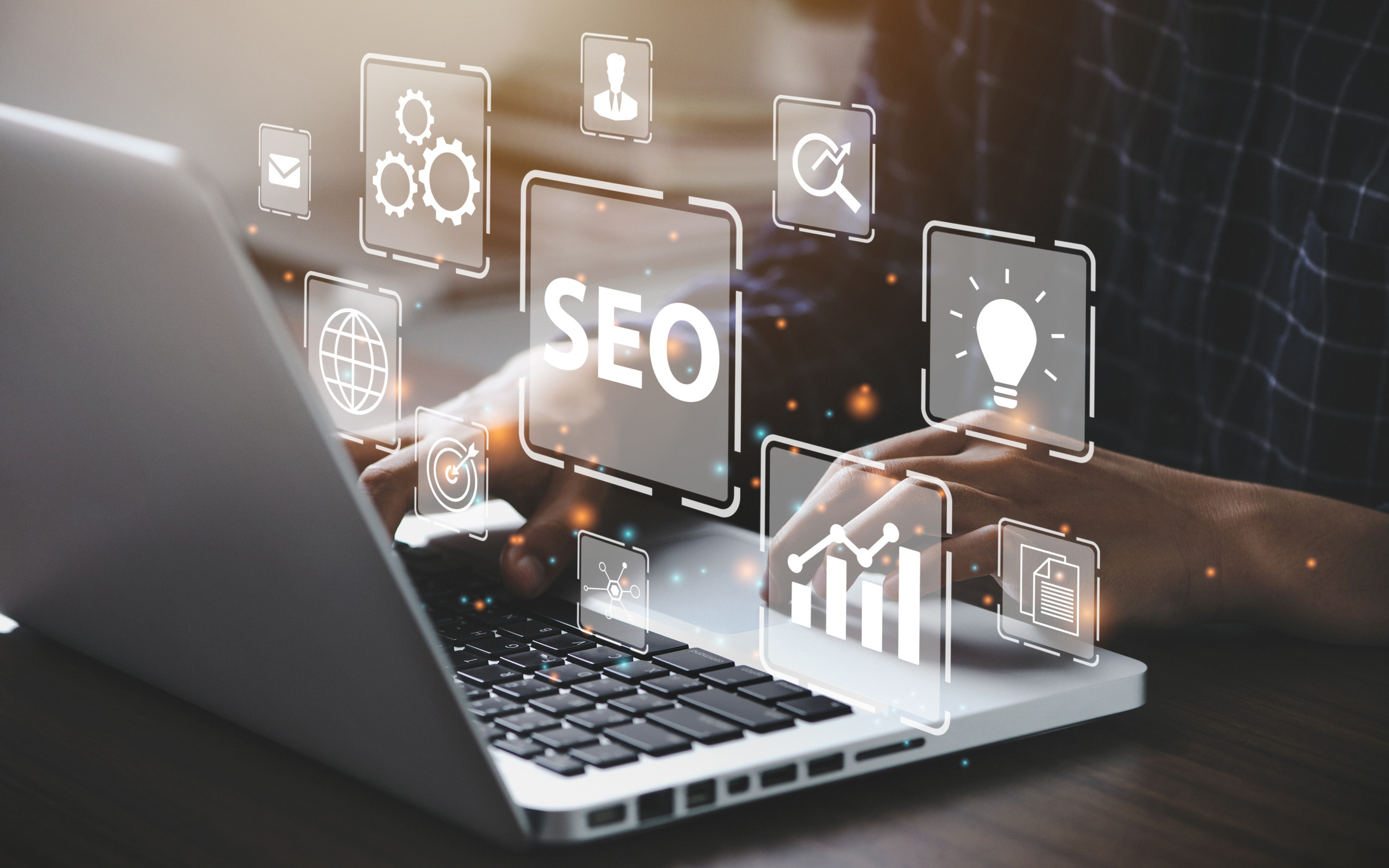
-min%20(1).jpg)
